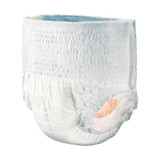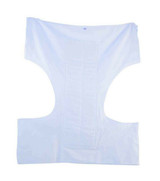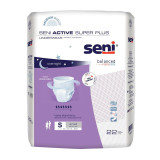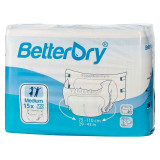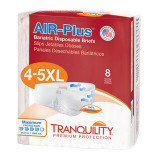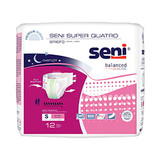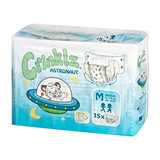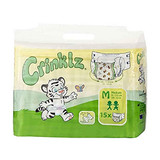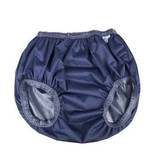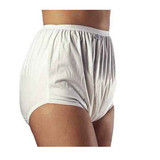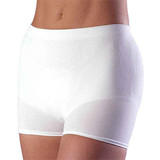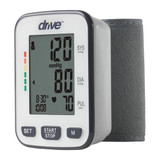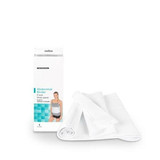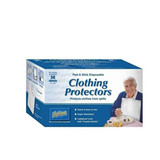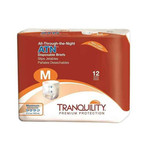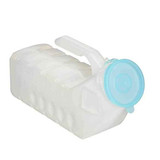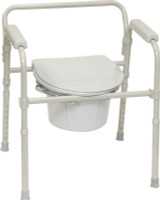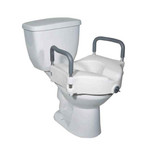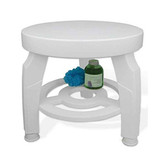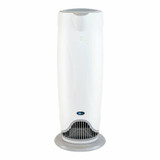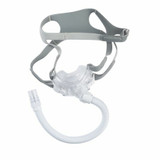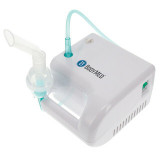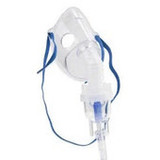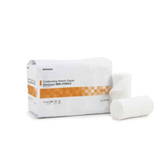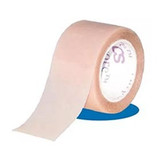
The Caregiver Guide - Incontinence Therapy Strategies
Believing that incontinence is a 21st-century medical phenomenon isn’t as far-fetched as it may sound to some. The fact is that it’s existed as long as there have been people. It’s much better understood nowadays and is a little less of a taboo topic than it was half a century ago. To put the incidence of incontinence in perspective, let’s look at some facts and figures.
Johns Hopkins Medicine reports that over 25 million adults in the United States experience some form of urinary incontinence at some point.
Up to 50% of nursing home residents suffer from urinary incontinence, according to the National Center for Biotechnology Information (NCBI). This report also mentions that:
· incontinence affects twice as many women as men
· it’s not a natural consequence of aging and can be treated
Incontinence is clearly a major health issue, but the last fact is the one that leaps out. It CAN be treated. Incontinence therapy doesn’t always reverse it entirely, but it can improve the condition to the point that it is manageable and does not significantly impact quality of life. So, in this article, we will discuss various incontinence therapy strategies to reduce the impact of incontinence on your patient or loved one.
Pelvic Floor Exercises
When looking at strategies to reverse or reduce the severity of incontinence, it’s advisable to start with the least invasive options or those that don’t have a price tag. For most people, pelvic floor exercises, or Kegel exercises, are the first option. These exercises strengthen the muscles of the pelvic floor, which support the bladder and bowel. To perform pelvic floor exercises:
· Tighten the muscles you use to stop the flow of urine. Hold the contraction for 3-5 seconds.
· Relax the muscles completely for 3-5 seconds.
· Repeat ten times, three sessions per day.
· Over time, build up to holding contractions for 10 seconds.
· Be sure to breathe normally during the exercises.
· Proper technique is crucial - many people incorrectly contract other muscles like abdominals instead of the pelvic floor.
· Consider working with a physical therapist specializing in pelvic health to ensure you do pelvic floor exercises correctly.
Another NCBI study found that “In total, 62% of patients significantly reduced their urinary incontinence or cured it and improved their pelvic floor muscle contraction.”
The effectiveness of pelvic floor exercises improves substantially with simultaneous biofeedback therapy. This uses electrical sensors to help you locate and strengthen pelvic floor muscles. Sensors placed on the perineum or inside the rectum detect if you are contracting the correct muscles, and a monitor displays visual and audio feedback showing the force and duration of your pelvic floor contractions.
Electrical Stimulation
Electrical stimulation uses a small probe inserted in the vagina or rectum to emit mild electrical pulses that stimulate and strengthen pelvic floor muscles. Stimulation helps re-educate the nerves and muscles involved in continence.
Sessions are supervised by a pelvic floor therapist and last 20-30 minutes. 10-15 sessions are usually needed initially. After completing supervised treatments, a portable stimulator is used at home to manage symptoms.
Clinical studies indicate electrical stimulation improves incontinence in over 50% of women. Combining it with biofeedback and pelvic exercises provides maximum benefit. It helps both stress incontinence (leakage with activity) and urge incontinence (overactive bladder). Electrical stimulation also treats fecal incontinence and may reduce bladder pain.
Bladder Retraining
Bladder retraining helps restore normal bladder function in people with urge incontinence. This involves re-establishing control over the bladder by resisting the urge to urinate and using scheduled bathroom trips instead of going when you feel like you need to. To start bladder retraining:
· Schedule bathroom visits every 2-3 hours during the day, rather than going when you feel the urge.
· Gradually increase the time between bathroom visits by 30 minutes each week.
· When you feel a strong urge to urinate, practice pelvic floor exercises and deep breathing until the urge subsides. Avoid tightening other muscles.
· Use a bladder diary to track voiding times and note urine leakage episodes. This helps identify patterns.
· Limit bladder irritants like caffeine, citrus and spicy foods, which can trigger urgency.
· With time and consistency, bladder retraining can increase bladder capacity, reduce urgency and frequency of urination, and improve urinary control.
· It is most effective when combined with pelvic floor muscle training.
Lifestyle Changes
Making certain lifestyle adjustments can help manage urinary and fecal incontinence:
· Maintain a healthy weight - Extra weight, especially around the abdomen, increases pressure on the bladder and pelvic floor leading to leakage.
· Avoid constipation - Straining to pass hard stools weakens pelvic floor muscles over time. Eat high-fiber foods, stay hydrated, and keep active to maintain regular bowel movements.
· Limit bladder irritants - Caffeine, carbonated drinks, artificial sweeteners, citrus juices and spicy foods can irritate the bladder and cause urgency.
· Stop smoking - Smoking can increase coughing, which raises abdominal pressure and stresses weakened pelvic floor muscles.
· Treat chronic illnesses - Conditions like diabetes, stroke, dementia and depression increase incontinence risk. Properly managing these diseases may alleviate symptoms.
· Use incontinence products - Pads, adult diapers and other products manage leakage but aren't long-term solutions. It’s always advisable to see a doctor and treat the underlying problem.
· Get moving - Regular exercise strengthens pelvic floor muscles and prevents constipation. Yoga, Pilates and swimming are great options.
· Practice healthy bathroom habits - Urinate on a schedule instead of waiting for urgency. Don't strain to empty your bladder fully.
Fluid Management
Managing fluid intake can minimize urinary frequency, urgency and leakage associated with an overactive bladder.
Stay hydrated to prevent constipation and straining, which can worsen stress incontinence. Aim to drink 6-8 glasses of water daily but avoid drinking too much as this can aggravate urge incontinence. Drink more fluid earlier in the day than at nighttime and avoid drinking 1-2 hours before bedtime.
Carry a water bottle to track intake throughout the day. Sip small amounts frequently instead of drinking large volumes at once. If dealing with fluid restrictions due to a medical condition, consult your physician about recommended daily fluid intake. Monitor thirst and urine color.
Regulating fluids takes trial and error. Keep a bladder diary to identify patterns between what and how much you drink and incontinence episodes.
Conclusion
Caring for someone with incontinence presents unique physical and emotional challenges, but with compassion, knowledge and the appropriate techniques, caregivers can dramatically improve their patient’s symptoms. In many cases, although incontinence therapy can significantly reduce the severity, the condition isn't completely reversed. For such patients, incontinence products help limit its impact on their lifestyle.
For expert advice and a comprehensive range of quality products at great prices, look no further than LL Medico. With more than 25 years of experience in adult diapers, urology devices and other incontinence products, our team will stand by you and ensure you always have everything you need. Always remember incontinence affects millions of people, and a wealth of resources and support is available to help you along this journey.
Image by rawpixel.com on Freepik




